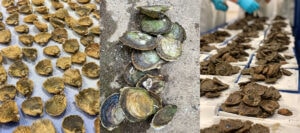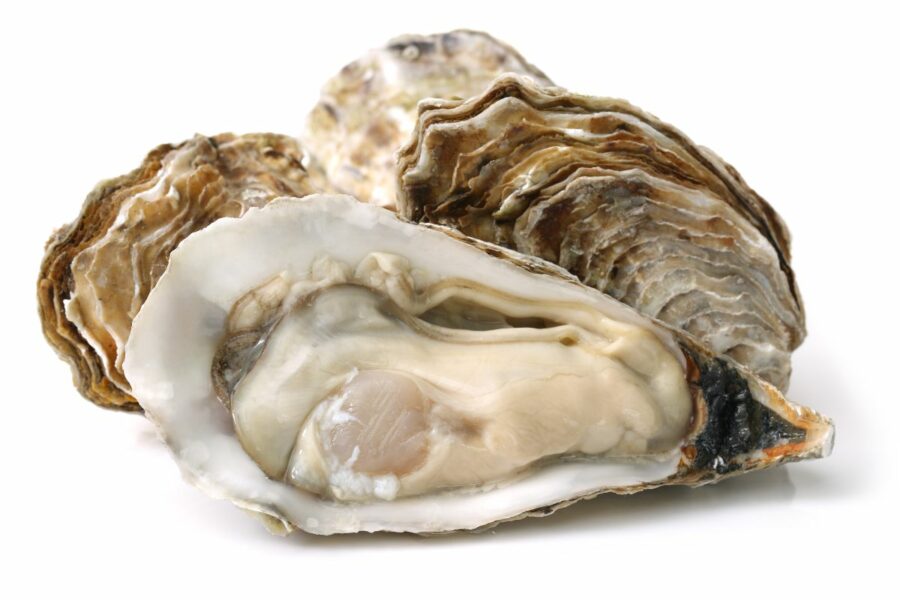Insights drawn from a series of studies into the DNA of the native European flat oyster could help to produce larger, healthier shellfish, holding out the hope of quicker and more successful rebuilding of native oyster stocks, reports Paul Scott.
Scientists from the Roslin Institute at the University of Edinburgh say that genetic code findings could help inform selective breeding approaches for the native oyster.
For the study, scientists developed extensive genetic resources detailing the DNA of the oyster, and used them to help address the challenges the species faces in terms of conservation, restoration and aquaculture. They found that two areas of the oyster genome are significantly associated with faster growth.

DNA insights could help to produce larger, healthier stocks of native European flat oysters.
The scientists say that incorporation of genomic information into breeding schemes could be a ‘cost-effective way of enhancing growth traits such as weight and shell size in oysters’.
Dr Tim Bean, an oyster research expert at the Roslin Institute, said: “Oysters were once a plentiful source of food and a mainstay of the Scottish people, but have long been in decline.
“Our studies, in collaboration with UK and European academics, industry, environmental charities, and government scientists, used genomics and genetic tools to help inform breeding strategies of the native European flat oyster.”
Scientists analysed the genome of the European flat oyster to look for variations and assess whether growth traits are under genetic control, and could therefore be improved through selective breeding.
The research concluded that it is feasible to genetically improve growth traits in oysters.
Dr Carolina Peñaloza, a post-doctoral research fellow at the Roslin Institute, said: “Our study shows that breeding programmes for flat oyster aquaculture and restoration would benefit from the incorporation of genetic information to identify the best candidates for breeding, thereby fast-tracking genetic progress in key traits in a sustainable way.”
A separate study, led by scientists from the University of Santiago de Compostela and involving experts from the Roslin Institute, discovered that variations in a region of oyster DNA may be associated with tolerance to the deadly parasite Bonamia ostreae.
For the study, scientists compared the genome of oysters that had not been exposed to the parasite with that of long-term affected populations.
The scientists investigated areas of the oyster genome previously linked with Bonamia ostreae infection, and found an area associated with resilience to the parasite.
This story was taken from the latest issue of Fishing News. For more up-to-date and in-depth reports on the UK and Irish commercial fishing sector, subscribe to Fishing News here or buy the latest single issue for just £3.30 here.








